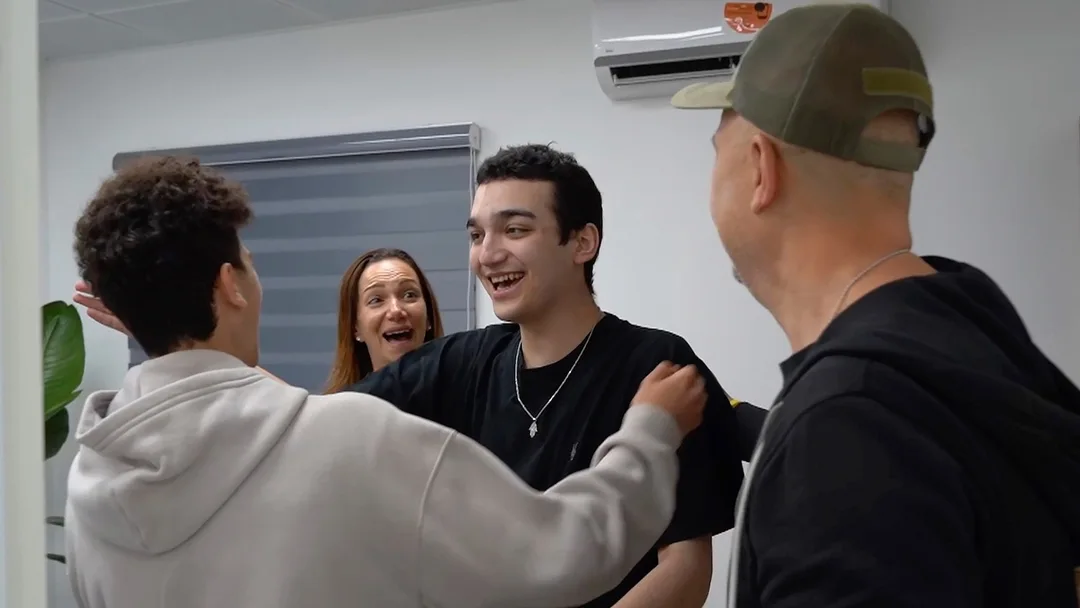May 13, 2025, was when 23-year-old Mexican beauty influencer Valeria Márquez was shot dead live on a TikTok streaming session at her salon in Zapopan, Jalisco. The live incident has added to the existing scrutiny of Mexico’s rising femicide crisis and the widespread violence against women across the nation.
Márquez, a beauty tutorial and lifestyle vlogger, had gained more than 200,000 followers on social media. She appeared nervous during the livestream and said that someone had also come before with a very costly gift. A man walked in a few minutes later, hailed her, and fired several shots into her head and chest. Her last words were said to be, “They are coming”.
Authorities are investigating the crime as a femicide—a killing based on gender—while rumors have it that the attacker pretended to be a deliveryman and escaped on a motorcycle driven by an accomplice. A red rose bouquet with the message “Sorry” was afterwards placed outside the salon, which indicated the attacker might have come back to the location.
Márquez’s killing is not an isolated case but one of a disturbing trend of violence against women in Mexico. In 2023, the nation logged 852 femicides, the second-largest in Latin America after Brazil. Though laws are in place to prevent these crimes, enforcement is patchy, and many are unpunished.
The Jalisco state, where Márquez was murdered, had a rate of femicide in 2024 of 0.63 per 100,000 women. Underreporting and misclassification of cases indicate, however, that the true rates are likely higher.
The public response to Márquez’s death has been one of outrage and victim-blaming. Others on social media speculated on her personal life, proposing connections to criminal circles, without any proof. Those narratives take away from the systemic problem of gender-based violence and place attention on the victim’s character.
This trend of victim-blaming is not novel in Mexico. Sensational cases such as Ingrid Escamilla and Debanhi Escobar have also witnessed public victim-blaming instead of the accused, indicating a general tendency to shirk responsibility.
Though there are Mexican laws criminalizing femicide, enforcement and implementation are rare. Investigations are usually plagued by negligence, and families of victims encounter bureaucratic barriers to justice. Without reforms at the institutional level, such as improved training for law enforcers and judges, the cycle of violence will persist, critics warn.
President Claudia Sheinbaum committed to doing something about it, but concrete change is still in short supply. Activist groups urge integrated approaches that extend beyond legislation to address education, community work, and assistance to victims.
Márquez’s live-broadcast assassination put global eyes on Mexico’s femicide epidemic. The violence’s explicit quality highlights the need to approach gender-based violence as an urgent matter. Social media can serve as both tool and canvas for promoting awareness, but also allow dangerous narratives to spread.
Activists in turn call for responsible reporting and public discourse that is focused on structural problems and not solely on individual victim behavior. They call for social change that challenges misogynistic sentiment and supports survivors.
The murder of Valeria Márquez is a grim reminder of the omnipresent danger of femicide in Mexico. It underscores the necessity for thorough action including legal reform, social transformation, and institutional responsibility. While the nation struggles to respond to this crisis, victims and activists continue to cry out for justice and systemic change.







